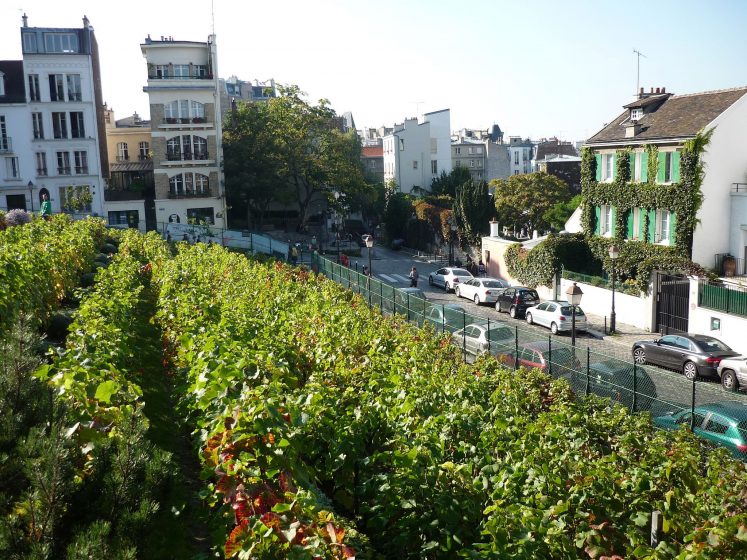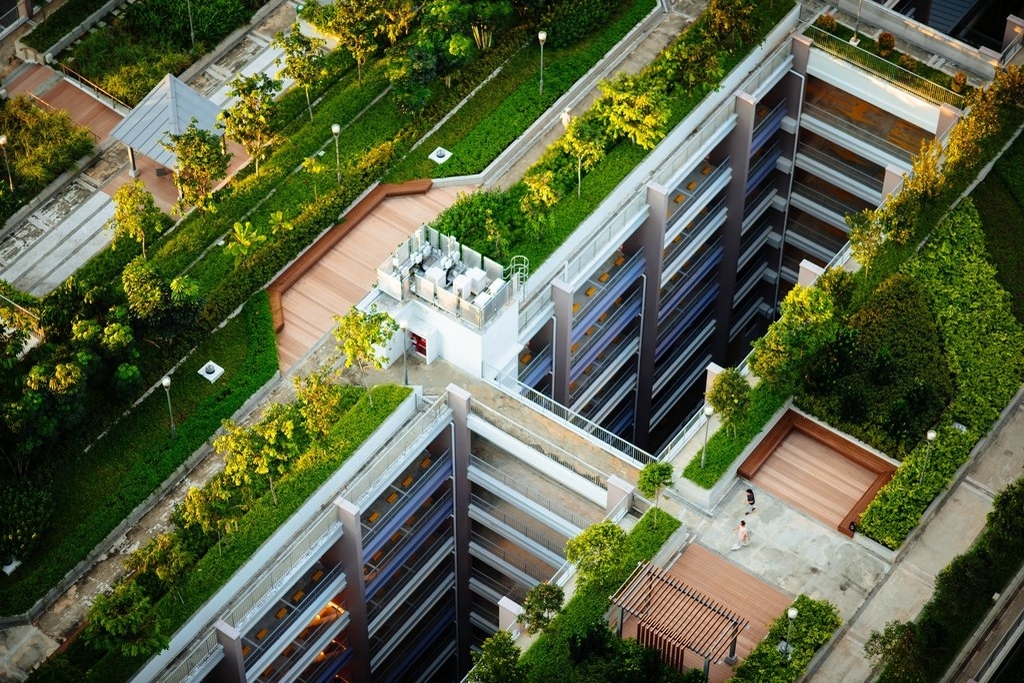The Ultimate Guide To City Blooming
Table of ContentsThe smart Trick of City Blooming That Nobody is DiscussingCity Blooming - QuestionsExamine This Report on City BloomingCity Blooming - TruthsThe smart Trick of City Blooming That Nobody is Discussing
Fascinated in growing food up for sale in the City of Chicago? Considering starting a community yard? Adjustments to the Chicago Zoning Statute enable agricultural uses like area gardens and urban ranches in several parts of the city. Below is a listing of regularly asked concerns relating to the policies and guidelines that cultivators ought to think about when preparing a city agriculture project.
The zoning amendment does not customize any type of other codes managing composting, structure permits, acquiring or renting City owned building, service licenses or ecological contamination. There are existing codes that control these issues and they stay completely result and may apply to your task. Community yards are commonly had or handled by public entities, public organizations or community-based organizations and maintained by volunteers.
Urban farms expand food that is meant to be marketed, either on a nonprofit or for-profit basis. Due to their commercial function, city ranches require an organization certificate. Yes. A neighborhood garden is enabled to offer excess create that was grown on site if the sales are accessory or subservient to the yard's key purpose described over.
The Best Guide To City Blooming
Composting is allowed however just for plant product that is produced and utilized on website. The quantity of compost material can not go beyond 25 cubic backyards at any given time according to the criteria in 7-28-715 of the City's Municipal Code. Yes. Due to the fact that the soil at the majority of brand-new yard websites requires amending, compost, dirt, wood chips, or various other products can be acquired to build or improve the expanding area - City gardening.

If a structure authorization is required then the hoophouse will be considered an accessory structure. You can discover more regarding the structure authorization requirements by speaking to the Division of Buildings. The 25,000-square-foot dimension limit is intended to avoid a single neighborhood yard from dominating an offered block or taking away from the block's existing domestic or industrial character.
The limit does not apply to gardens found in Public Open Area click here to find out more (POS) areas. Can there be even more than one neighborhood garden that is 25,000 square feet on a solitary block? Secure fencing is not required, nonetheless, yards that have large car park areas might be called for to set up secure fencing or various other landscaping attributes.
The Only Guide for City Blooming
B1 & B2 districts need that all business usage tasks be conducted inside. Is secure fencing required for metropolitan ranches? Fencings may be needed, along with landscaping and screening, for particular car parking locations and outdoor job or storage locations depending on location and the particular task taking location.
Yes. Urban farms call for structure permits and zoning approvals prior to building. Other types of city review might be called for depending upon particular frameworks, activities, size, landscape design, licensing, public health and stormwater management problems. A lot of these needs are determined in the project style or allowing procedure, however, the applicant may be responsible to individually determine details licenses or permits that may be needed.
The Department of Company Matters and Consumer Defense can help identify the particular type of company license that's required. Off street vehicle parking is needed for many commercial tasks in Chicago. The called for number of parking spaces is based on the number of workers working on site and not the square video of the expanding space.
Some Known Facts About City Blooming.

Yes. A city ranch can sell compost material produced on site, however, the operation must abide with the regulations in 7-28-715 of the Chicago Municipal Code. Yes. Aquaponic systems are permitted inside your home on city ranches in lots of zoning districts. However, a zoning testimonial and building license is needed in order to set up frameworks or systems and a company permit is called for as defined above.
Approximately five hives or swarms of honey bees might be maintained as an accessory use. However, beekeepers have to register with the Illinois Department of Agriculture. For additional information regarding the proposed zoning change you might contact the Department of Housing and Economic Development, Bureau of Preparation and Zoning at 312.744.8563.
, which takes place in rural locations at the side of residential areas.
The smart Trick of City Blooming That Nobody is Talking About
It can include a movement of natural growers, "foodies" and "locavores", that seek to form social networks established on a common principles of nature and area holism. These networks can develop by means of formal institutional support, ending up being integrated right into regional town as a "transition community" movement for lasting city development.
The a lot more direct accessibility to fresh veggie, fruit, and meat items that may be realised with city farming can improve food safety and security and food security while reducing food miles, leading to lower greenhouse gas discharges, thereby adding to climate adjustment reduction. Several of the initial proof of metropolitan farming originates from Mesopotamia.